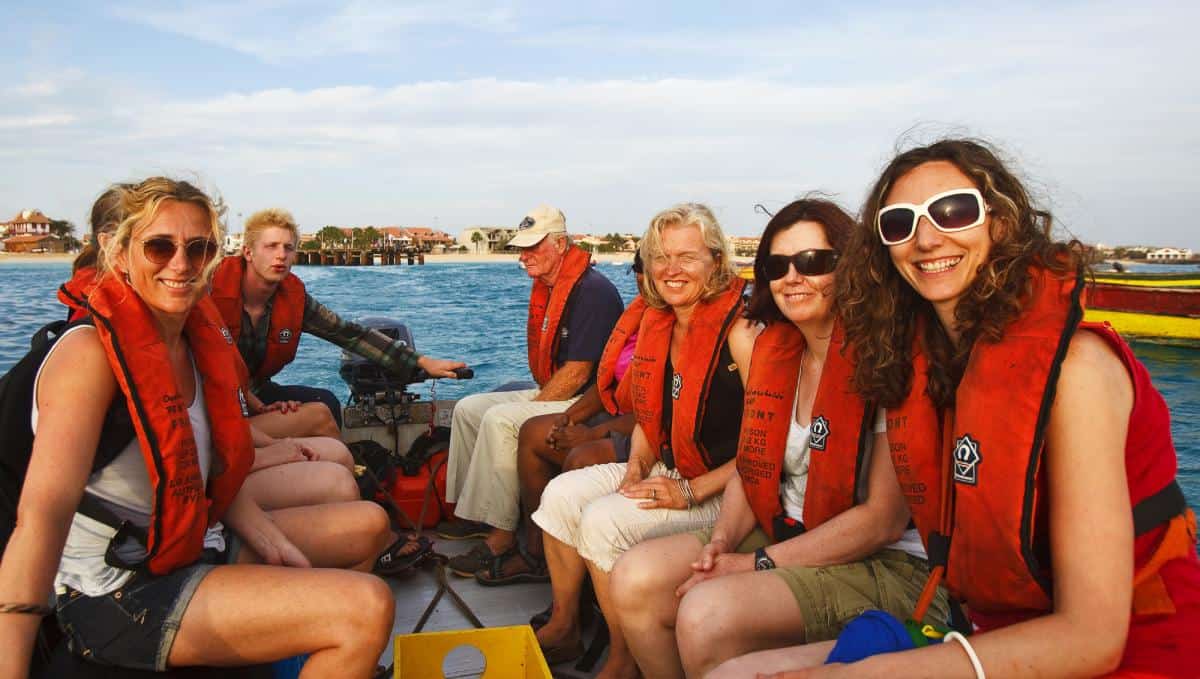.
Over 300 miles off the West Coast of Africa the Cape Verde archipelago. It is a natural pit stop en-route from Europe to the Americas. The ships have headed south to catch the North East trade winds to push them across the Atlantic.
The 10 islands making up the group are also a beautiful destination in their own right, with cooler air and warmer seas than Senegal, on the adjacent mainland. Steep mountains on Santiago and Santo Antão create rainfall, allowing for lush vegetation (hence why Portuguese explorers dubbed the archipelago Cabo Verde: ‘Green Cape’), whereas other islands such as Sal are drier and sandier, with 350 days of sunshine a year. Average temperatures on the islands remain fairly consistent year-round, between 22 and 27 degrees Celsius.
Exploring Cape Verde by sea is by far the best way to see the variety and spread of these islands, and with over 100 miles between some of them ‘island hopping’ here involves serious Atlantic sailing.
The warm waters provide plenty of fish for the grill as well as a fantastic range of sea life to enjoy more voyeuristically, including endangered loggerhead sea turtles and numerous coral reefs.
Hump Back Whale breeding grounds.
The islands are also one of only two known breeding grounds for humpback whales, which can be seen in the archipelago from January to mid-May.
Oosterschelde will be sailing to Cape Verde again this winter, she has been here many times before and is regarded the sailing Cape Verde expert. There are options to join the ship in the Canaries if you can’t spare a month to sail down from Holland. She is the ideal vessel in which to explore this stunning island group: as reliable for an ocean crossing as for coastal meandering, her topsail schooner rig is powerful both upwind and down. Good ventilation and a well-stocked bar don’t hurt either!
All Cape Verde Voyages.

























